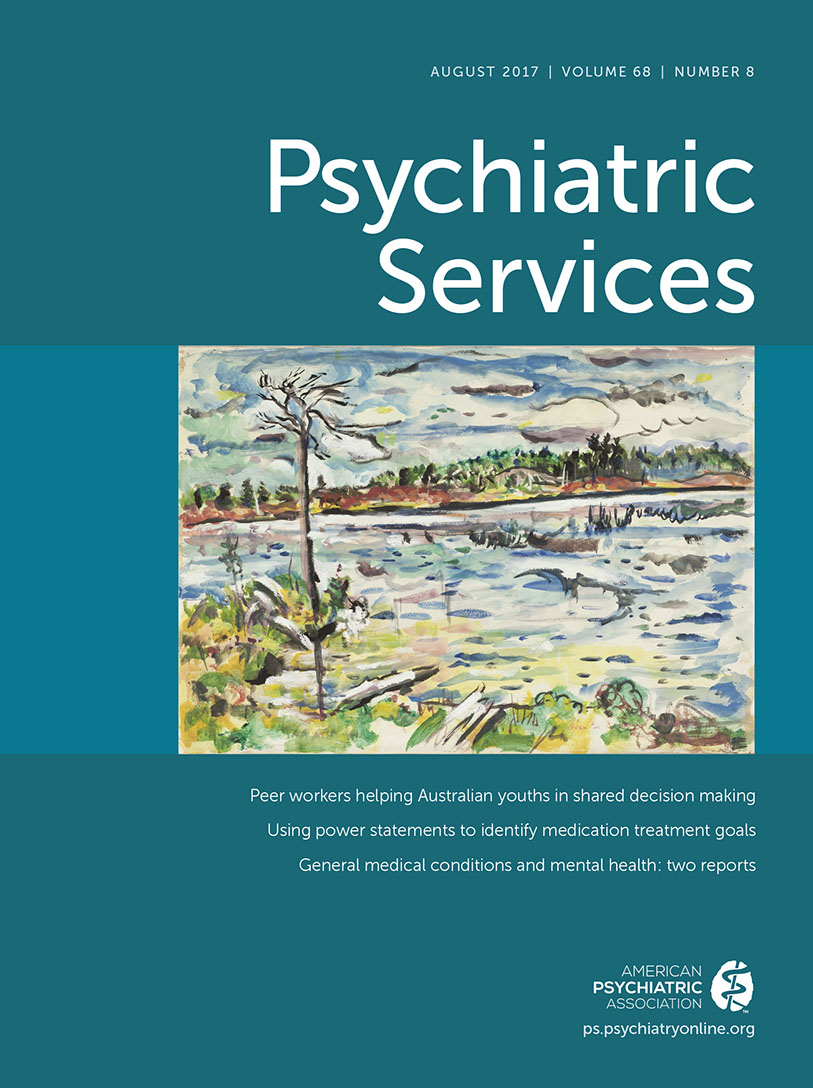New Directions for Promoting Service Engagement
The mission to understand and enhance service engagement, including taking medication, of individuals with serious mental illnesses has been an important point of emphasis in the field for many decades. The implications of nonengagement are costly in terms of morbidity, mortality, distress among family and friends, and finances. Some narratives, especially mental-illness–specific cognitive (lack of insight) or brain disorder (specifically, anosognosia) explanations, have been tried in order to address nonengagement. However, these explanations remain speculative, fail to consider the high rates of nonengagement and nonadherence of other illness populations (such as those who have diabetes or hypertension), and have not been consistently effective for enhancing service engagement. New narratives are needed for moving the field forward. The Deegan et al. and Hamann et al. studies in this issue of Psychiatric Services offer new science in this regard, that when combined with a goal-oriented, self-determination framework for understanding service engagement stimulates novel directions for addressing this vexing issue.
Simply put, mental health services, including prescription of medications, that are explicitly linked to patient-prioritized goals and offered in a way that facilitates opportunities for self-direction and shared decision making (SDM) will drive greater service engagement.
The Deegan et al. study delves into understanding treatment goals. She and her colleagues distinguish between the direct goals people have for taking medications and the broader life goals that they hope will be achieved by taking medications. For example, more than 50% of individuals in their study identified symptom reduction and enhancement of functioning (such as better sleep) as medication goals. This is seemingly in line with what providers think people want or need in seeking services, which may also be the endpoint in many patient-provider conversations. Deegan’s CommonGround approach goes a step further by asking about the life goal patients would like to achieve by taking medications. Many individuals had such goals, including to enhance social relationships; increase self-sufficiency; and facilitate their ability to work, go to school, pursue hobbies, and participate in their faith community. These participation goals are motivating for people to take medications if they so choose—a “means to an end” that is important to them. Research also suggests that the resulting community participation is associated with secondary physical, cognitive, and mental health benefits. An implication of this research is that people who see a connection between their own ultimate life goals and services may be more motivated to engage in services, including medication taking. Providers who understand an individual’s unique life goals and clearly articulate the connection between treatment modalities and achieving these goals will be better able to facilitate engagement.
SDM is one approach that does just that. It involves a service delivery process that promotes greater exchange of information and more active participation of patients in service interactions. SDM encourages a joint understanding of treatment goals and open communication about the best way to achieve those goals. The Hamann et al. study found that self-stigma (that is, accepting common prejudices about people with mental illnesses) might be a patient-level barrier to SDM. One plausible explanation is that self-stigma is associated with demoralization and the “why try effect,” which may reduce the number and ambitiousness of life goals one may have (“I cannot achieve much”), and negative beliefs about ever being able to achieve these goals (“I want to work but will never be able to”) and ultimately may undermine engagement.
The possibilities for applying goal-oriented, self-determination thinking are evident in early psychosis programs and other initiatives aimed at engaging young people who have traditionally been uninterested in what they have heard, seen, or experienced in the mental health system. Effective engagement can start by focusing on the young person’s goals of dating, playing sports or video games, going to school and starting careers, getting along with their families, and generally living satisfying and fulfilling lives and then explicitly connect how treatment and supports may facilitate the achievement of these goals.
The policy, training and practice, and research implications from this fresh way of approaching service engagement is exciting. Policy and treatment efforts to force compliance could be considered a last resort, or replaced altogether, in favor of strident attempts and incentives to promote self-determination and SDM. Disciplinary training could place a stronger emphasis on these same concepts and be supplemented by likeminded supervision in the field. Research priorities and funding would emphasize these same ideals and build the evidence base. In the end, people would get the medically necessary services they need for the reasons they want them.



